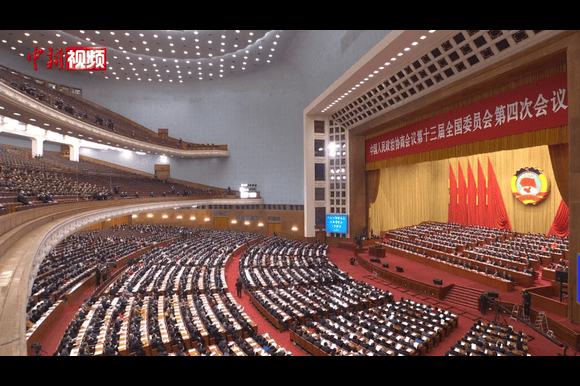
By China News Service, CC BY 3.0,
China has instructed banks and other financial institutions to promote increased consumer financing and the use of credit cards as part of an initiative aimed at encouraging greater spending among the populace.
This directive, issued on Friday by the nation’s financial regulator, aligns with the Communist Party’s ongoing efforts to bolster consumer confidence, as many individuals are currently prioritizing savings over expenditures due to concerns about employment and the economic outlook.
The regulator emphasized that banks should enhance lending practices and develop strategies to assist borrowers facing challenges. Following this announcement from the National Financial Regulatory Commission, share prices in China experienced a notable increase.
Officials are scheduled to conduct a briefing on Monday to discuss strategies for boosting spending and investment, which are deemed essential for maintaining economic stability in the aftermath of the COVID-19 pandemic, during which millions lost their jobs and numerous businesses failed.
According to official data, the Chinese economy, the second-largest in the world, has been expanding at an approximate rate of 5 percent recently. However, apprehensions regarding employment and the costs associated with healthcare and education have led many Chinese citizens to be reluctant to spend, thereby hindering a key component of business activity.
A sustained decline in the real estate market, prompted by government initiatives aimed at curbing excessive borrowing by property developers, has negatively impacted consumer confidence, resulting in many households feeling financially strained compared to previous times.
In the past year, a notable increase in exports has partially offset the ongoing weakness in domestic demand, which is driven by consumer spending and investment. However, the recent decision by US President Donald Trump to significantly increase tariffs on imports from China may adversely affect exports in the near future, posing risks for various sectors.
In addition to the growing reliance on consumer credit, the government is allocating tens of billions of dollars towards trade-in programs for vehicles and appliances. These initiatives aim to
promote the adoption of more energy-efficient products while also addressing surplus inventories caused by sluggish demand.
Consumer financing and personal borrowing levels in China have historically been lower than those in the United States and many other nations, although there has been a notable increase in recent years. Approximately 90% of Chinese households own their homes, yet less than half of these homeowners have outstanding mortgages. Furthermore, cash, online applications, and other digital payment methods are more prevalent than credit card usage.




